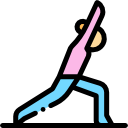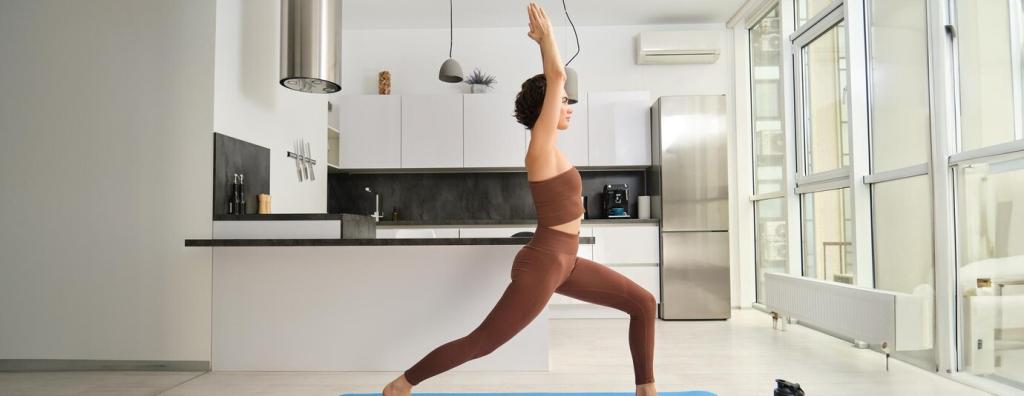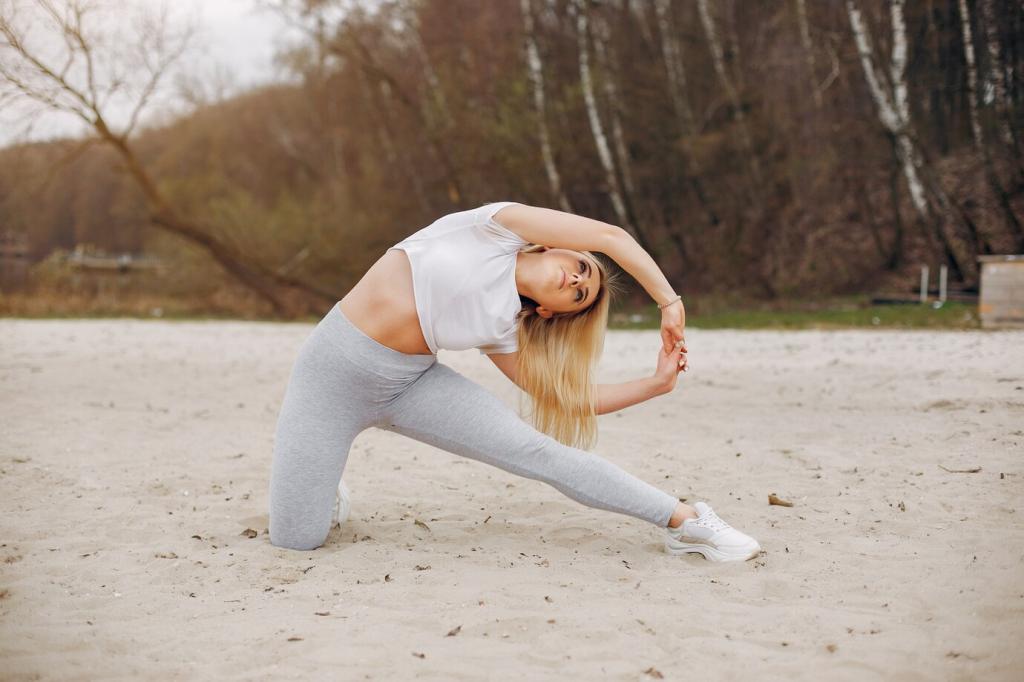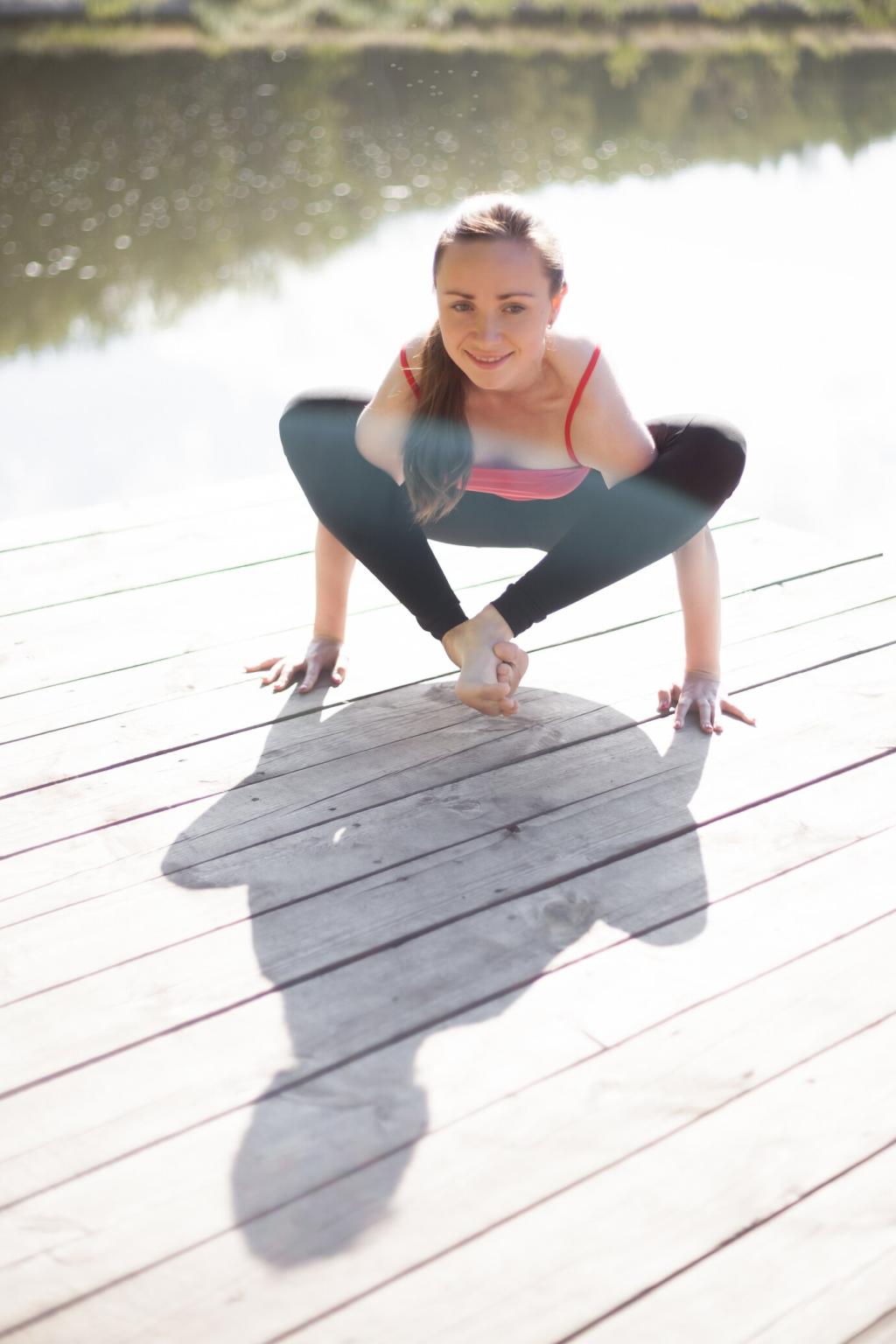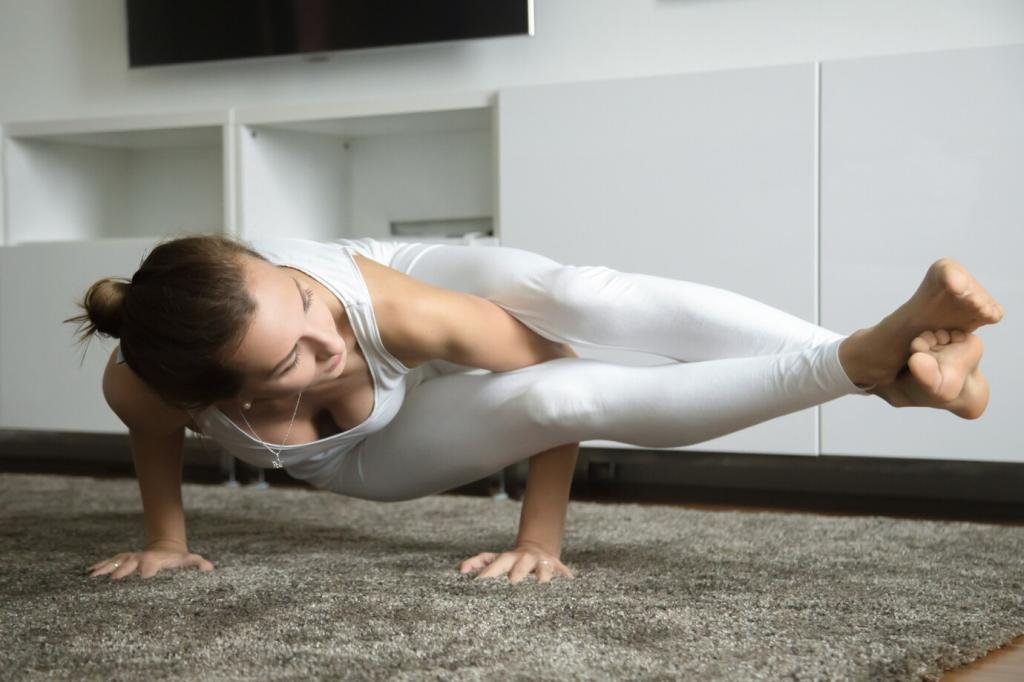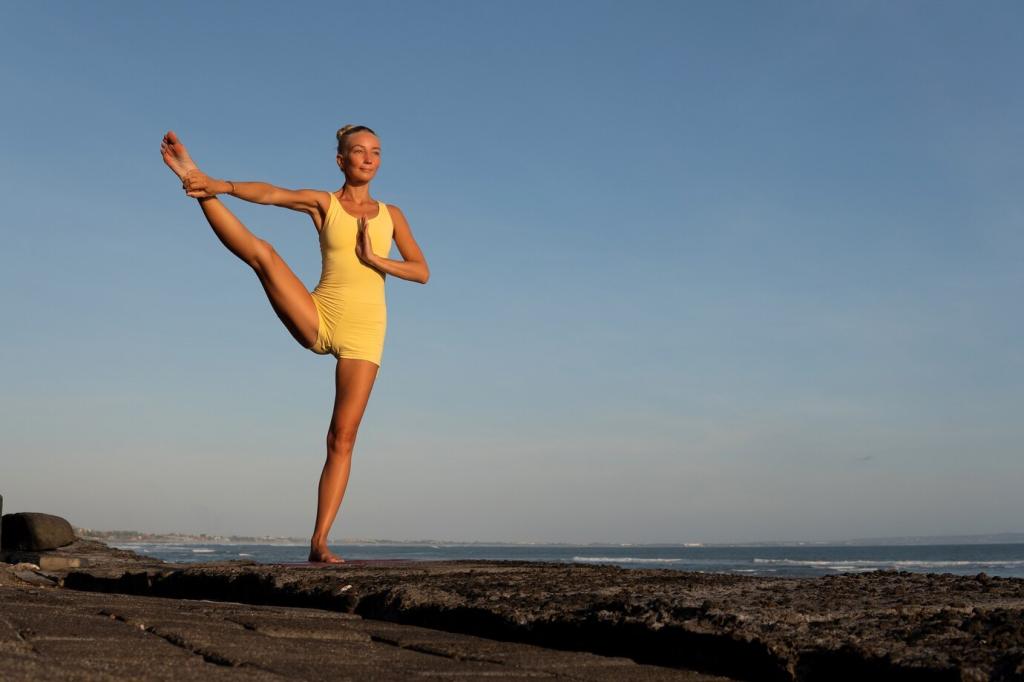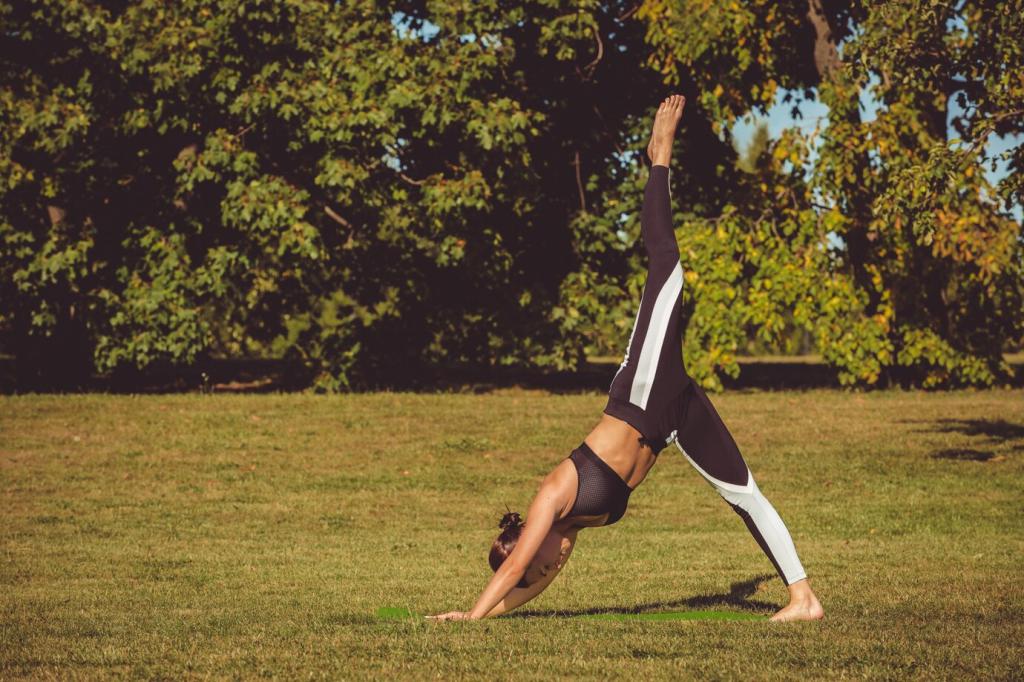Deep Backbends: Creating Space with Integrity
Before attempting Urdhva Dhanurasana or Kapotasana, spend 10–15 minutes mobilizing gently: breath-led cat–cow, dynamic low lunges, thoracic extensions over a block, and prone shoulder openers. Build heat gradually, honor sensation, and share your favorite pre-backbend rituals in the comments.
Deep Backbends: Creating Space with Integrity
Use blocks under hands to lengthen arms, a strap around elbows to stabilize, and a wedge if wrists complain. Cue tailbone lengthening, ribs softening, and inner thighs spiraling inward. Lightly engage glutes for support. Tell us which prop changed your backbend most.
Deep Backbends: Creating Space with Integrity
After deep extension, neutralize deliberately: gentle core work, child’s pose with wide knees, apanasana, and soft twists. Hydrate, rest, and avoid collapsing forward aggressively. Notice how mindful decompression improves tomorrow’s flexibility, and report your favorite counterpose combination to inspire fellow readers.
Deep Backbends: Creating Space with Integrity
Lorem ipsum dolor sit amet, consectetur adipiscing elit. Ut elit tellus, luctus nec ullamcorper mattis, pulvinar dapibus leo.
